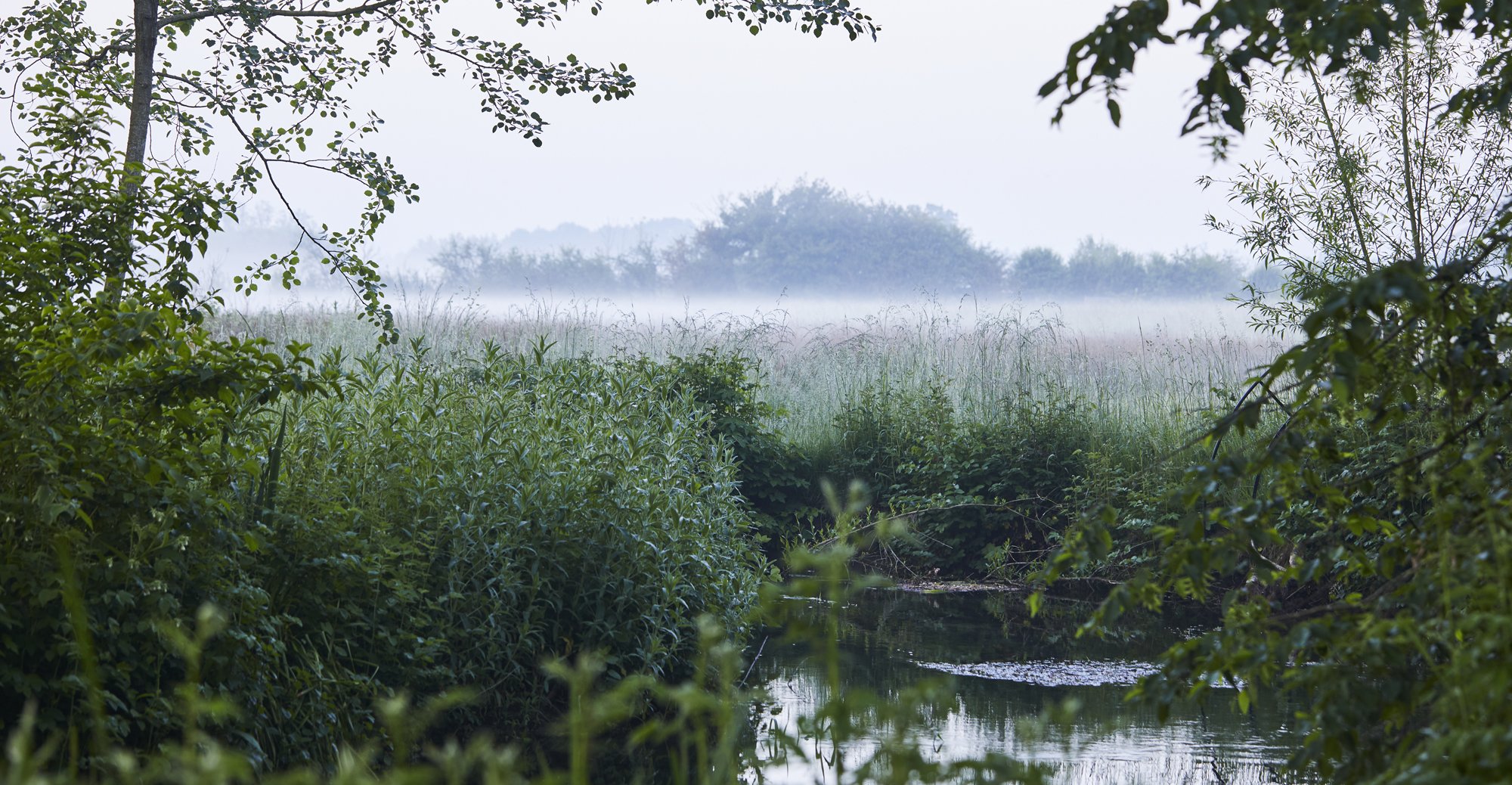
Thoughts from Thyme
Conversations, Cultivations, Inspirations
Welcome to Thoughts, a place where we share recipes, articles and guides, from our family, team and friends.
Explore our Thoughts
The Tomato - From Poison to Passion
The tomato, although appearing in savoury dishes on our plates and thought of as a vegetable, is actually a fruit: the pulp being the fruit together with the seeds, making it a berry.
Thyme’s Partnership with Tusk
“Tusk has enjoyed a special relationship with Thyme ever since its opening. From the moment I set foot within the grounds of this amazing place and had the pleasure of meeting its founder, Caryn Hibbert, it was clear that Africa held a special place in her heart and she is rightly proud of the conservation work Thyme is undertaking”.
- Charlie Mayhew OBE, Founder and CEO of Tusk
Seed Heads, Burrs & Food for Departing Migrants
Returning from any walk around the water meadows at Thyme these days, now involves the ritual of removing seeds and burrs from your trousers, sleeves and bootlaces. Although not perhaps the main target of this seed dispersal mechanism, we end up collecting many seed heads and burrs as we walk through the long grass and dense vegetation.
Beautiful Beans: Fruit Vs. Vegetable
Did you know that a runner bean is actually a fruit? Part of the Fabracea family of plants, Phaseolus coccineus - Scarlet emperor is a legume which originated in the mountains of South America where it grows as a perennial.
Inspired by The Seasons
Since Thyme was founded in 2008 as a Cookery School, we have always had productive gardens. It was an essential part of our founding ethos – to slow down and reconnect with nature.
A Walk Through the Gardens
Situated adjacent to the water meadows of the river Leach, our kitchen gardens are a joy. With tranquil views, we often see the barn owls hunting throughout the day, kites and buzzards soaring overhead, white egrets and herons, snipe, teal and mallard and sometimes a flash of the brightest blue kingfisher.
Verdant Meadows - The Ultimate Refuge for Summer Migrants
So far this summer, the numbers of insects being recorded seems to be far lower than average and one of the main causes could be the long, dry summer we experienced last year which interrupted the natural breeding cycles of many species. Stepping into the water meadows at Southrop at the moment is excitedly different.
Return from the Sahel
Each migratory bird species carves out its own unique niche in the ecosystem, relying on a fine balance of food, shelter and nesting habitat to survive. This makes them exceptionally vulnerable to influences from outside. Local reserves for nature, such as the Thyme water meadows, offer valuable sanctuary for migratory birds to make home.
Winter in the Water Meadows
Cut off by floodwater, thick hedgerows and the fast-flowing river, the water meadows at Southrop form the perfect haven for wildlife in winter, where rich grasslands, flooded ponds and berry-laden bushes are found, hidden away from human disturbance.
Spring in the Meadows
It has been a cold start to spring this year, with even snow falling at the beginning of April, but over the past few weeks as the days have grown longer and warmer and the sun rises higher each day in the sky, spring has sprung.
September in the Gardens
It's time for apples, plums and pumpkins. There's crumble for pudding (and leftovers for breakfast). Blue tits hang off the sunflowers, eating the seeds. We pick the dead flower heads, threading the stems through the wire fence, a final feast for the birds.
We Take Thyme, Naturally
At Thyme
We took time to make Thyme, and in doing so have evolved into a destination which embodies slowness, harmony, and the beauty of the natural world.
September in the Meadows
September is a time of change in the meadows as the floriferous canvas evolves into a habitat for barn owls and other birds, as well as autumnal wildflower species.

THYME NEWSLETTER
Join our flock




















